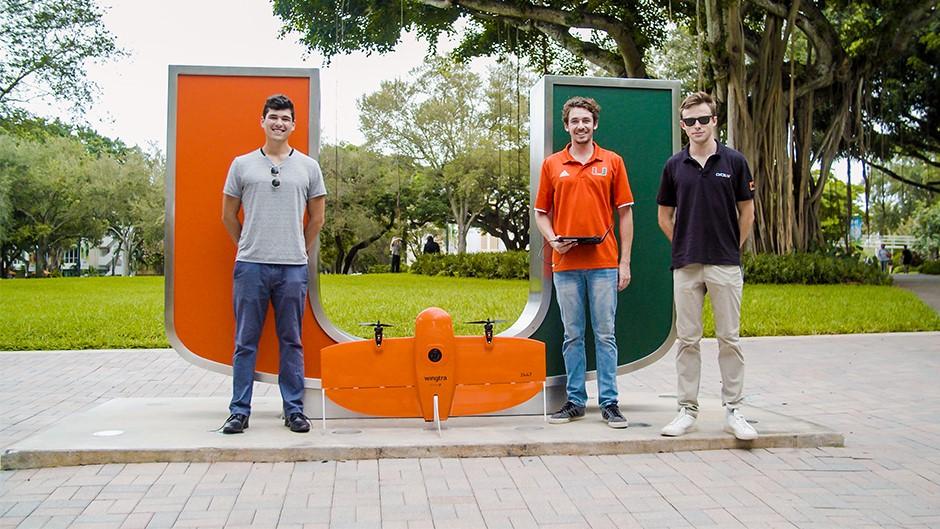Title: Precision Ecology: Transforming Conservation Strategies for a Sustainable Future
As the world grapples with alarming declines in biodiversity and escalating threats to ecosystems, a groundbreaking approach known as precision ecology is emerging to refine conservation efforts. This innovative discipline merges advanced technology with ecological science, crafting data-driven strategies designed to safeguard the planet’s rich variety of habitats and species. By utilizing tools such as remote sensing, genomic sequencing, and sophisticated modeling techniques, scientists are uncovering deep insights into ecosystem dynamics that empower conservationists to allocate resources more judiciously. In this article, we will examine how precision ecology is redefining environmental protection initiatives while addressing its potential not only to conserve endangered species but also to restore equilibrium within our delicate ecosystems. We will also discuss recent advancements in this field alongside the ethical dilemmas posed by technological integration in conservation practices. Join us as we explore how precision ecology is setting the stage for a more sustainable and biodiverse world.
Leveraging Technology for Enhanced Conservation Efforts
In their quest for effective biodiversity preservation methods, conservationists are increasingly recognizing technology’s vital role in refining their approaches. The use of advanced instruments like drones, remote sensing technologies, and geographic information systems (GIS) facilitates precise monitoring of various ecosystems. These innovations allow researchers to collect real-time data regarding habitat conditions, population metrics of different species, and ecological shifts over time. Analyzing this information enables tailored conservation strategies that focus on specific areas requiring protection—thereby optimizing resource allocation while minimizing inefficiencies.
Furthermore, advancements such as artificial intelligence (AI) and machine learning are revolutionizing data analysis capabilities by enabling predictive modeling related to species behavior and habitat viability. Such insights can pinpoint critical intervention zones where targeted actions can yield significant results. For example, mobile applications have empowered local communities by allowing them to report sightings of endangered wildlife—fostering community engagement while building collaborative networks dedicated to conservation efforts. The synergistic impact of technology on these initiatives illustrates an evolving strategy aimed at achieving sustainable outcomes aligned with ecological requirements.
Tailoring Conservation Initiatives for Local Impact
The success of effective conservation strategies relies heavily on understanding local ecosystems along with their unique challenges. Through precision ecology methodologies, practitioners can customize interventions based on specific geographical contexts and species requirements. This approach aids in identifying essential habitats alongside understanding population dynamics affected by human activities—leading towards informed decisions that resonate well within local communities.
- Civic Participation: Engaging local populations ensures that conservation measures reflect community values while supporting livelihoods.
- Evidenced-Based Insights: Employing cutting-edge technologies like satellite imagery combined with GIS allows continuous monitoring of environmental changes affecting biodiversity.
- Dynamically Adaptive Management: Implementing flexible strategies capable of evolving based on ongoing research findings ensures responsiveness toward changing ecological conditions.
Aiming for greater effectiveness in their endeavors requires organizations not only consider socio-economic factors but also engage local governance structures while integrating traditional ecological wisdom into modern practices bridging gaps between scientific inquiry and community traditions effectively enhances project sustainability over time.
A recent study highlighted successful localized initiatives demonstrating significant outcomes such as:
| Name of Initiative | Description/Location | Achieved Results |
|---|---|---|
| Coral Restoration Project | The Florida Keys Region | A 40% increase in coral coverage observed post-intervention. |
| Migratory Wildlife Corridors Development | The Yellowstone-to-Yukon Ecosystem Corridor | Smoother migration patterns noted among various wildlife populations . td> tr >< tr >< td > Community-Driven Forestry Initiatives td >< td > Amazon Rainforest Area td >< td > Improved forest cover along with enhanced biodiversity levels . td > tr >
.table th, .table th { |
